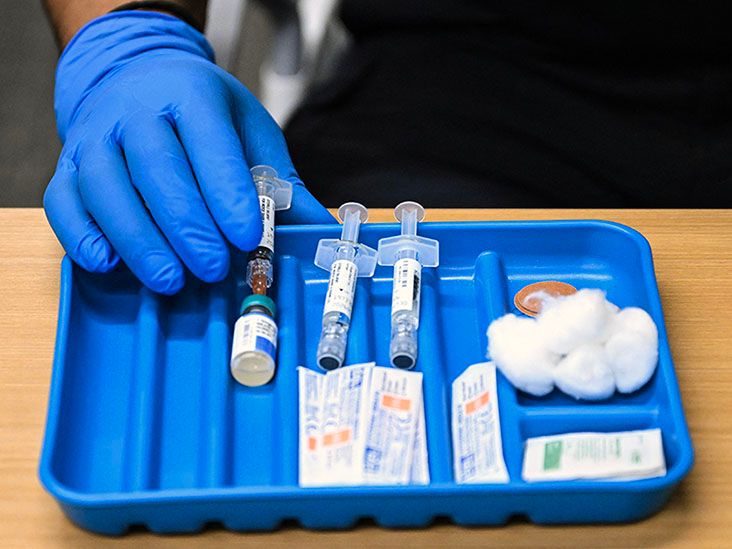Ehlers-Danlos syndrome (EDS) is a connective tissue disorder that affects collagen quality. It can severely affect a person’s joints, including the hips.
The collagen in the hip joint not being as stiff or being more elastic can lead to various issues, from dislocation to nerve compression and arthritis-type wear and tear.

EDS is an inherited connective tissue disorder that affects the quality of collagen.
Collagen that is more elastic and stretchy cannot hold its shape and can affect:
- joints
- cartilage
- skin
- ligaments
- blood vessels
- other organs
Almost
A key feature of EDS is hypermobility, which is when a joint’s range of motion is wider than usual. In the past, people described hypermobility as being double-jointed.
EDS can affect any joint, including the hips.
Some people with hypermobility have no symptoms. However, they may have a higher risk of:
- damage to cartilage and other tissues around the joints
- dislocation
- falls, and other types of injury
For this reason, it is important to know if hip pain stems from EDS.
People with EDS are
Hip pain with EDS can result from one or more of the following:
- Hypermobility: The hips have a larger range of motion than usual.
- Dislocation: In a hip dislocation, the ball of the joint comes out of its socket.
- Subluxation: This refers to partial dislocation, resulting in a loose and painful joint.
- Nerve pain: This can result from compression of the nerves in the joint.
- Inflammation and swelling: This can affect the lining of the joints.
- Femoroacetabular impingement syndrome: Extra bone grows on the hip joint, leading to misshapen hip bones.
- Labral injury: Tears in the cartilage around the outside of the hip joint.
- Other damage: EDS can resemble early joint aging. In the hip, it can increase the risk of:
- arthritis
- fractures
- ligament damage
- tendonitis
The type of hip pain that occurs with EDS
Some may describe the experience of a labral tear as pain in the hip or groin area that lasts at least 5 weeks. Prolonged periods of standing, sitting, or walking may irritate it. There may also be hip locking or clicking sensations and stiffness or limited range of motion.
Each person may experience pain differently.
To diagnose the causes of hip pain, a doctor may:
- ask about symptoms
- take a family and personal medical history
- carry out a physical examination
- request tests such as:
- use ultrasound-guided anesthetic injections
If a doctor suspects EDS, they
- applying the Beighton criteria to assess hypermobility throughout the body
- an echocardiogram to check the person’s heart health
- genetic testing, in some cases
Treatment for EDS
Treatment for hip pain with EDS may include:
- using physical therapy, including gentle stretching to prevent injury
- taking part in an EDS-specific exercise program that doctors tailor to the individual’s needs
- counseling, such as cognitive behavioral therapy (CBT), to help manage pain and improve quality of life
- taking pain relief medication, such as nonsteroidal anti-inflammatory drugs (NSAIDs) or lidocaine for short-term pain relief
- using devices such as cushions, mattresses, and shoe inserts to help manage discomfort and support joint alignment
- undergoing reconstructive surgery to improve stability, in some cases
- using home remedies,
for instanceTrusted Source , applying an ice pack wrapped in a cloth - applying weight management strategies, if necessary
- eating foods that boost bone strength and asking a doctor about an anti-inflammatory diet
Learn about vitamins for hypermobile joints.
Hip pain can occur for many reasons, for example:
- referred pain from the pelvis, such as menstrual pain
- osteoarthritis and other types of arthritis
- a fracture
- a tendon rupture
- a ligament tear, strain, or sprain
- tendinitis, the inflammation of a tendon
- sciatica
- sacroiliitis
- fibromyalgia
- osteoporosis
- osteonecrosis, which involves the death of bone tissue
- synovitis or irritable hip
- osteomyelitis, a bone infection
- nerve or muscle compression
- hamstring injuries
- aggravation due, for instance, to excess weight or sleeping position
EDS is
A person with EDS-related hip pain or a hip injury may need treatment to prevent further complications or manage EDS.
For this reason, it is important to speak with a doctor about the pain, any family history of EDS, and any history of issues that could stem from EDS.
Ehlers-Danlos syndrome (EDS) is one possible cause of hip pain. In those with EDS, the body does not produce collagen as it should, leading to a range of complications, including hip pain.
People with EDS might have hip pain due to dislocation, inflammation, and other issues. A dislocated joint is often the first sign of the condition.
Anyone who has hip pain and EDS needs to speak with a doctor.


